DHOFAR
The mountains – home to the Jebali tribesmen with their traditional rifles and pastoral lifestyle – dominate the Dhofar hinterland. The most spectacular pass across them is the “Furious Road” which rises 400 metres in three miles through eight hairpin bends.
VISIT DHOFAR, OMAN
Oman’s southernmost region is host to many unique attractions including Prophet Ayoub’s Grave nestled deep in the mountains, the blowholes of Mughsayl, and the Land of Frankincense – a UNESCO World Heritage Site. Deep-sea diving and snorkeling off the coast of the Hallaniyat Islands are just some of the more adventurous activities available through local tour operators.
In the summer months, when most of the Arabian Peninsula experiences soaring temperatures, Dhofar ushers in the monsoon season, bringing with it lush greenery, cooling rains, and pleasant temperatures. Locally known as Khareef, this special season starts from late June to early September and coincides with the Salalah Tourism Festival, which is held every year.
HERE THE PLACES TO VISIT IN DHOFAR

Khor Rori
A couple of minutes’ walk below the ruins of Sumhuram lies the tranquil Khor Rori, the most attractive of the various khors (creeks) which line the coastline around Salalah. A neat pair of symmetrical headlands flank the mouth of the khor, which is separated from the sea by a low sandbank. As a result, the waters inside the creek (fed by Wadi Darbat) are freshwater, and full of fish, which in turn attract a fine selection of aquatic birds, while camels can usually be seen browsing the surrounding greenery. It’s a wonderfully peaceful spot – so quiet that you can actually hear the splashes of fish in the water.
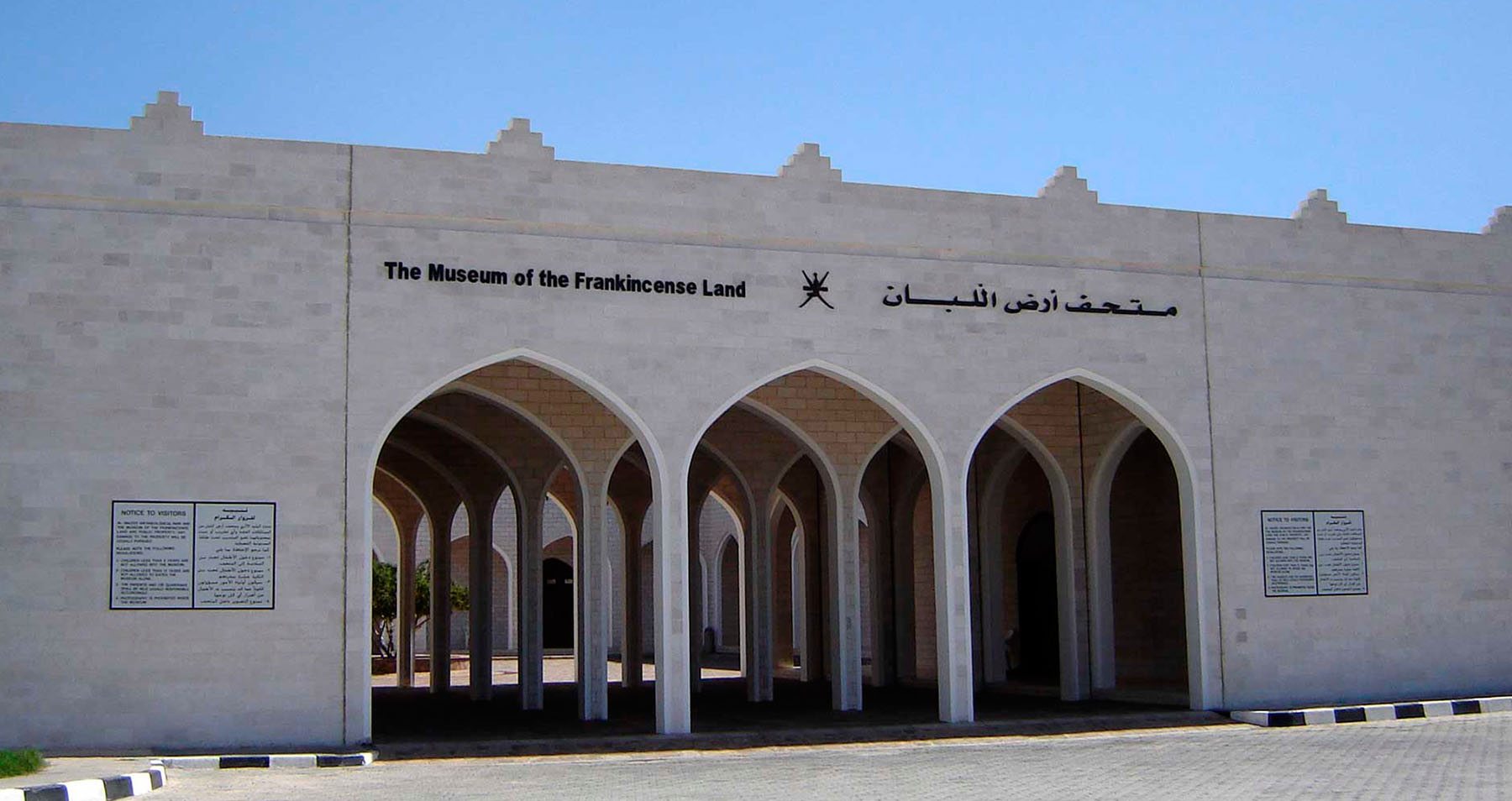
The Museum of the Frankincense Land
The Land of Frankincense Museum is considered one of the most prominent historical museums in Oman because it includes historical and cultural features from different eras..
.
The museum is located in Dhofar Governoratein the heart of a historic site that was registered in UNESCO World Heritage List in 2000 as an archaeological and tourism park after consultation with the international organisation.
.
The museum is located in Al Baleed. It is divided into two main halls: the Hall of History which branches into 6 sections, and the Marine Hall which is divided into 7 sections.
.
The museum is located in Dhofar Governoratein the heart of a historic site that was registered in UNESCO World Heritage List in 2000 as an archaeological and tourism park after consultation with the international organisation.
.
The museum is located in Al Baleed. It is divided into two main halls: the Hall of History which branches into 6 sections, and the Marine Hall which is divided into 7 sections.

Wadi Darbat
Wadi Darbat is a huge green plateau behind Taqah. It has the distinction of having the largest permanent natural lake in Oman. This wadi traces its path through hills and high plateaus to flow into the Arabian Sea, at the height of Khawr Ruri. The water thus flows down from the mountains to the plain, forming splendid waterfalls that can reach several tens of meters high. A great classic of Dhofarian weekend outings, the Darbat, as everyone will tell you, is a classic of Dhofarian weekend outings, with its cooler and camping chairs, and is, as everyone will tell you, an in-con-turn. It is the nugget of Dhofar!
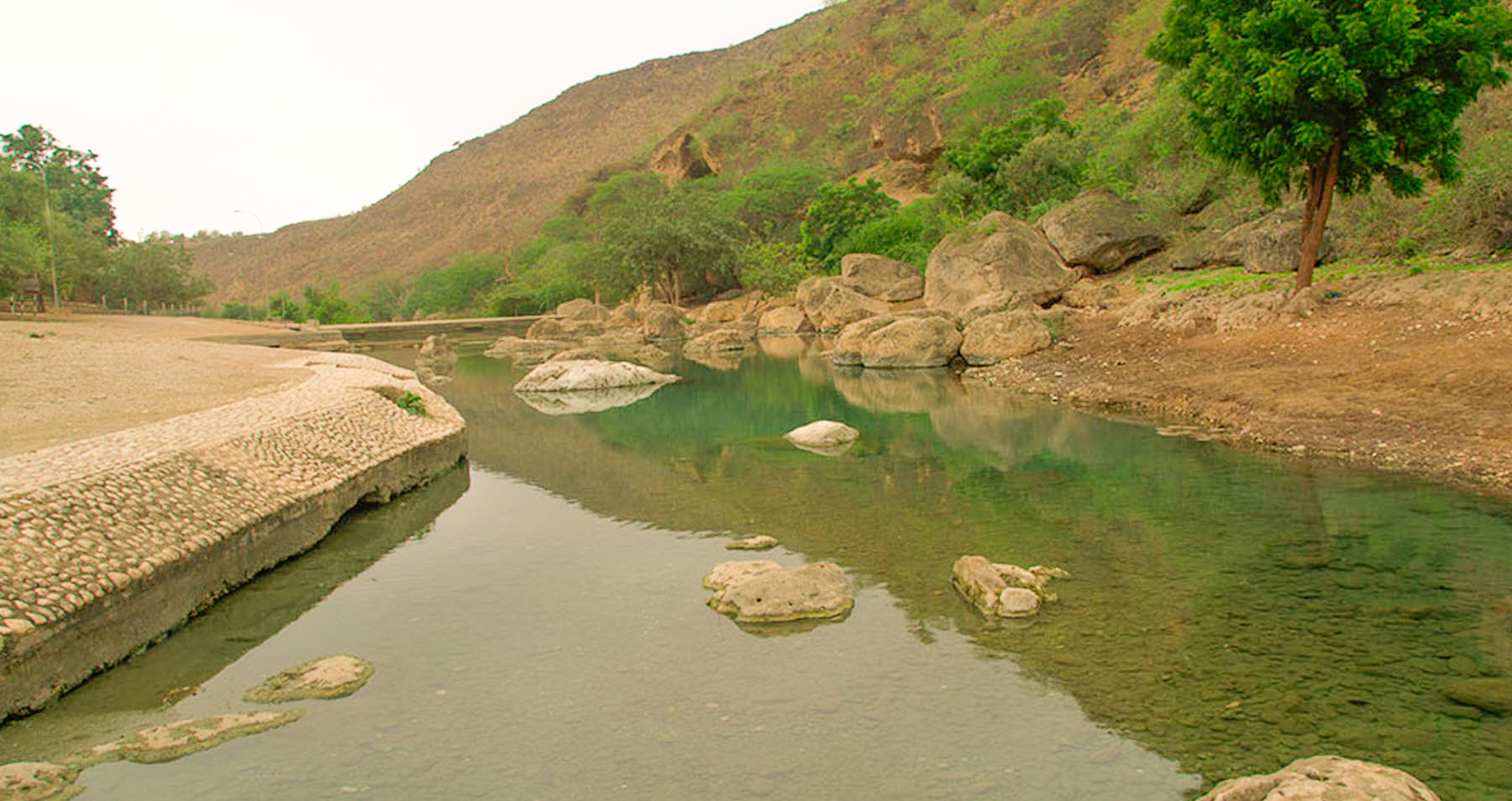
Ayn Razat
Ain Razat is the most important source of spring water in Dhofar. It used to be one of the main sources of water for Salalah. It's water, as well as several smaller springs, flow into a long pool on the northern side of the carpark at the foot of the Jebel. Water flows along a falaj (watercourse) throughout the year, although flow is highest during the Kharif. This water flows 7 km to Al-Mamurah Palace, the Sultan’s residence when in Salalah. A further 3 km further on the watercourse reaches Razat Farm.
Fresh-water spring and picnic area near Salalah. The formal garden area is apparently open on Friday only, however, the broader area and spring is very nice. Signs warn against swimming due to risks of Bilharzia
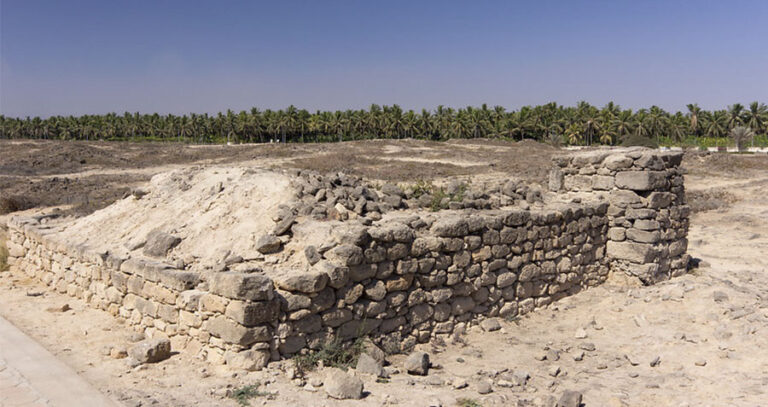
Al Balid Archeological Site
The area of Al Balid in Salalah has been settled since prehistoric times, having been inhabited since the 4th millenium BC. The city was initially setup in the Islamic period and reestablished in 10th century during the Mujais dynasty. It served as a port trading with China, India, Yemen, east Africa, Iraq and Europe. Nowadays the archaeological site covers an area of 64 hectares and is open to the public. Escavations by teams of researchers are still ongoing. Together with other sites in Dhofar, Al Balid is one of the UNESCO world heritage sites in Oman.
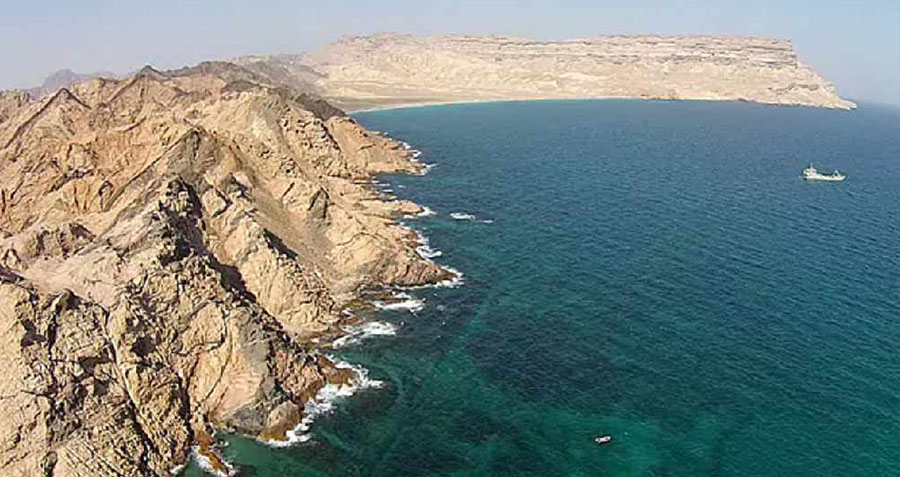
Khuriya Muriya Islands
The Khuriya Muriya have a rather curious history. In 1854, Sultan Said ceded the islands to the British after they had proposed a scheme for harvesting guano from them (the foreign secretary, Lord Clarendon, it is said, reciprocated the sultan’s largesse by sending him a snuffbox in return). Guano was extracted for only a few years, however, and the islands were subsequently attached to the Aden Settlement, in what is now Yemen. They remained a British possession until 1967, when they were returned to Oman – despite Yemeni claims that, as part of the former Aden adminstration, they properly belonged to them.
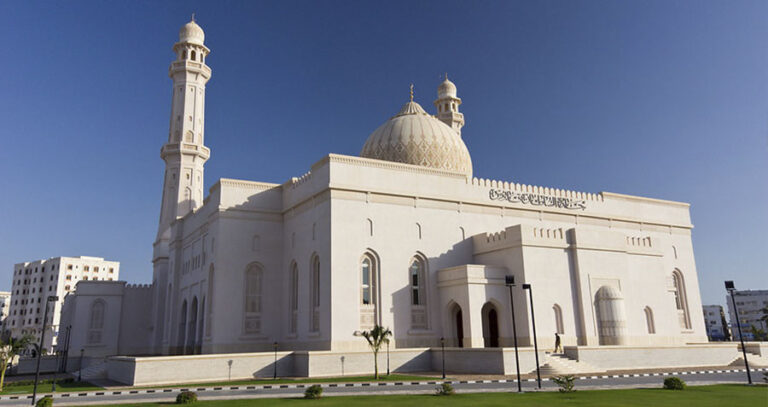
Sultan Qaboos Mosque
The Sultan Qaboos mosque in Salalah was inaugurated in July 2009. With a total site area of 40149 m it can accommodate 3200 worshipers. The built ground floor has an area of 7360 m and consists of a main prayer hall with an area of 2500 m and a height of 12m. The central dome has a diameter of 15m and a height of 36m. The mosque has four entrances and two minarets.
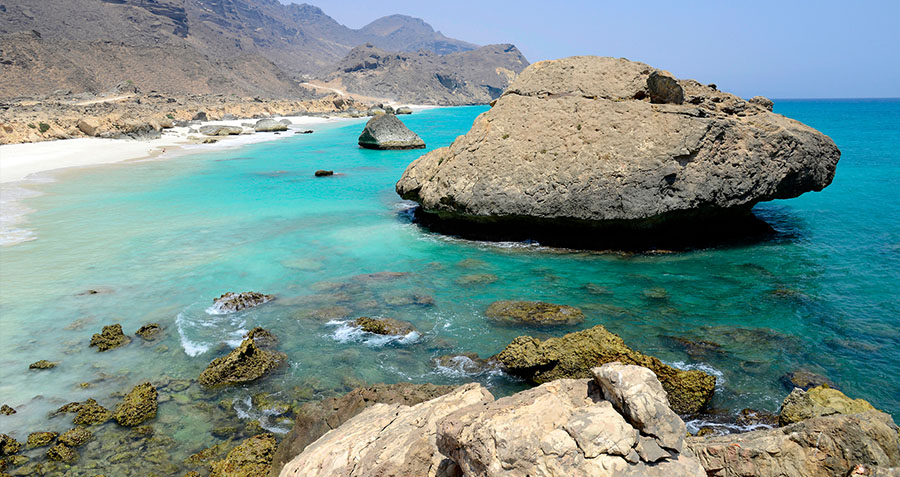
Al Fazayah Beach
Fazayah Beach is one of the best beaches in Oman. Its a 5 kilometers long pristine white sand beach with clear water and a stunning landscape at the back-ground. Experienced driver in 4×4 vehicle will take you there. The journey of Salalah is incomplete without a trip to white sand beaches of Mughsayl and the blowholes overlooking Marneef cave. The blowholes are also referred as Mughsayl Natural Fountains by the tourists.
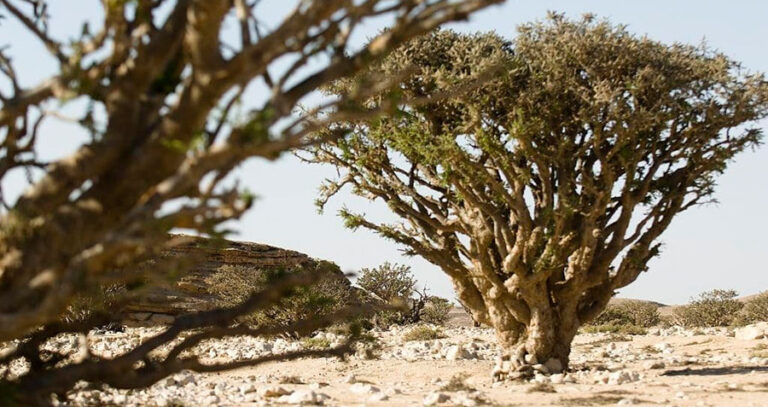
Wadi Dawkah Reserve
Wadi Dawkah is the natural habitat for the Boswellia sacra – or Frankincense tree – which can be seen populating an area of some five square kilometres. As part of the Land of Frankincense UNESCO World Heritage Site, there are specially designated viewing areas for visitors
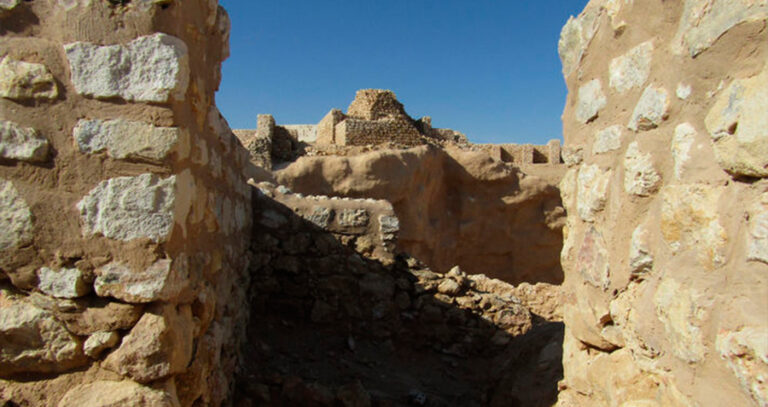
Ubar - Lost City
This fabled lost city, also known as the Atlantis of the Sands, is tucked away in the Rub Al Khali (Empty Quarter) and rumoured to have been found near the oasis of Shisr. Ubar once played a vital role as frankincense trade hub and was mentioned in “A Thousand and One Nights” -a collection of Middle Eastern and South Asian stories and folk tales.
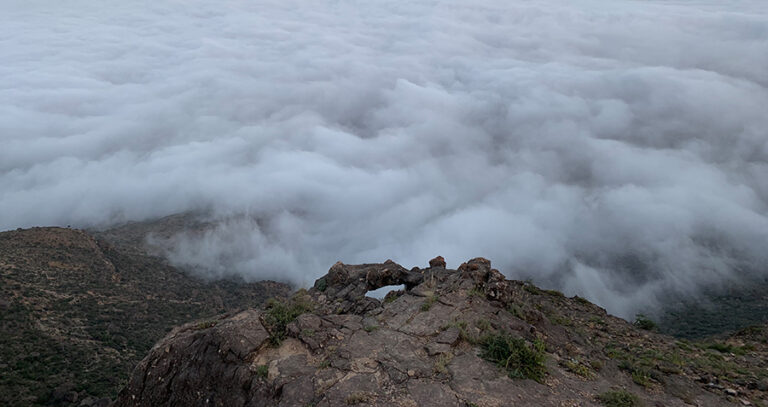
Jebel Samhan
Jebel Samhan is one of the major mountain ranges of Dhofar, whose highest peak reaches 2,100 meters. Jebel Samhan has many levels that are traversed by deep and narrow mountain passes, some of which are up to a thousand feet deep.
In the plain of Jebel Samhan different plant species such as acacia and frankincense trees grow. The narrow mountain passes are poor in water, but there are numerous streams that serve as an important source of water for most of the animals living here. (Classified as an endangered species) In addition to the Arabian leopards are many other mammals native to these mountains, including the Arabian Gazelle, the fox and the Nubian goat.
OTHER OMAN REGIONS
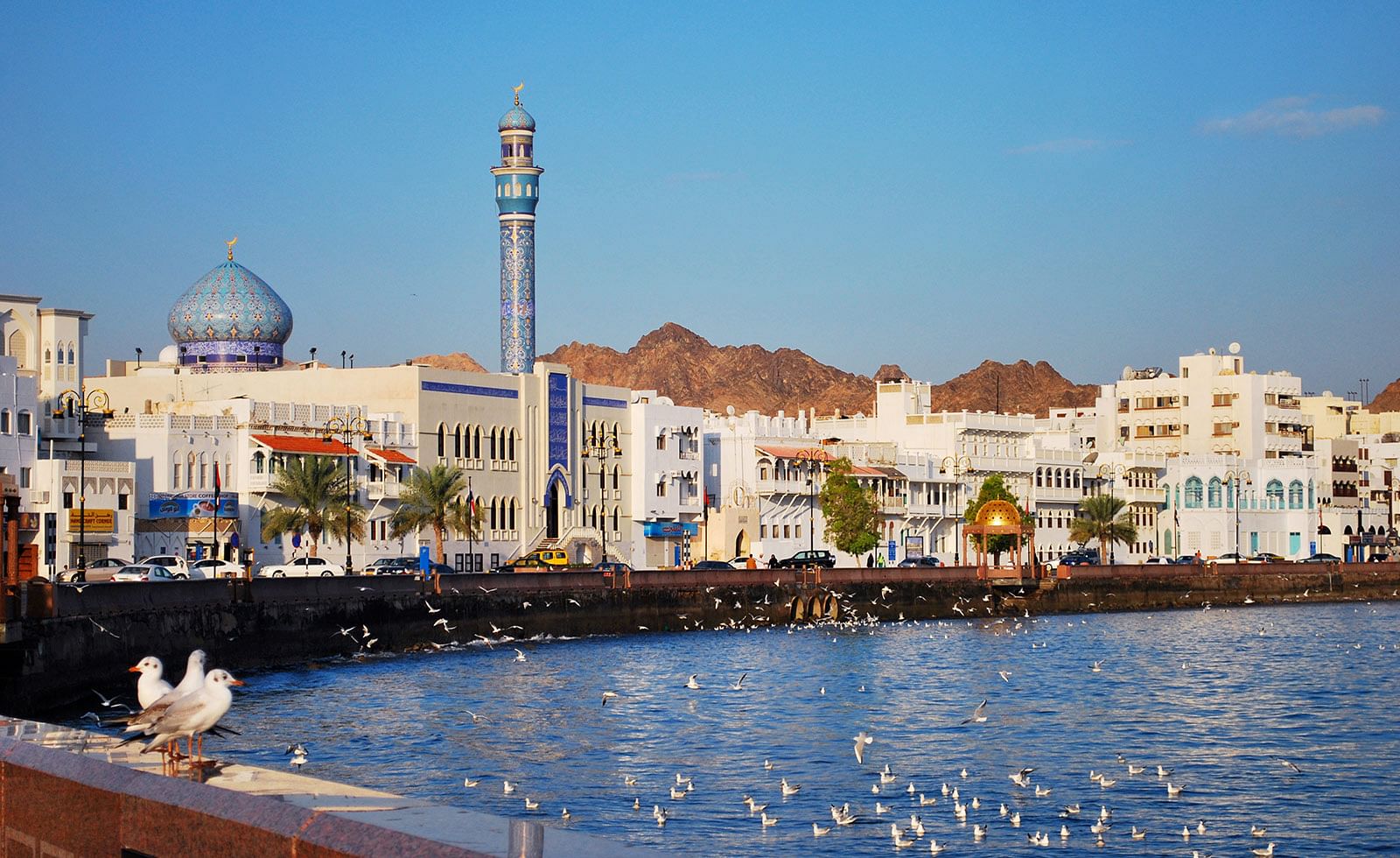
MUSCAT

MUSANDAM
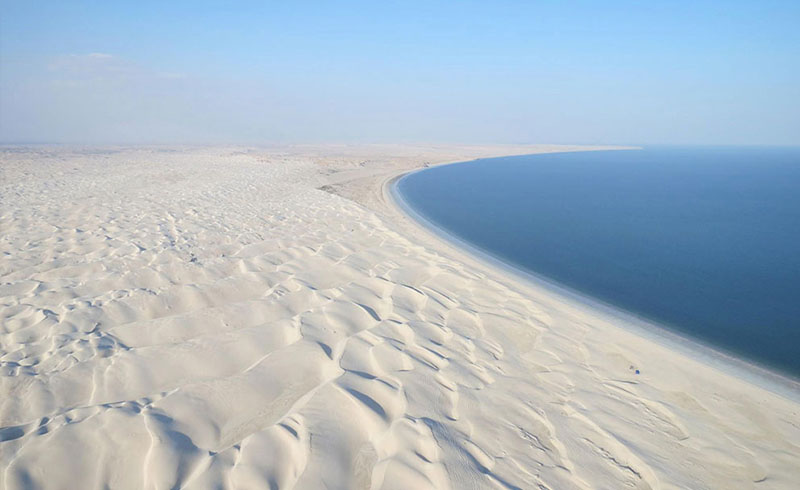
AL WUSTA

AL BURAIMI
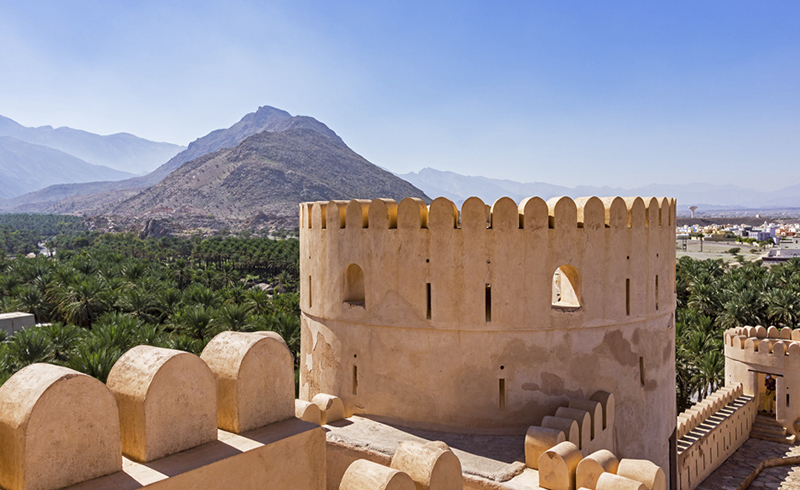
AL BATINAH
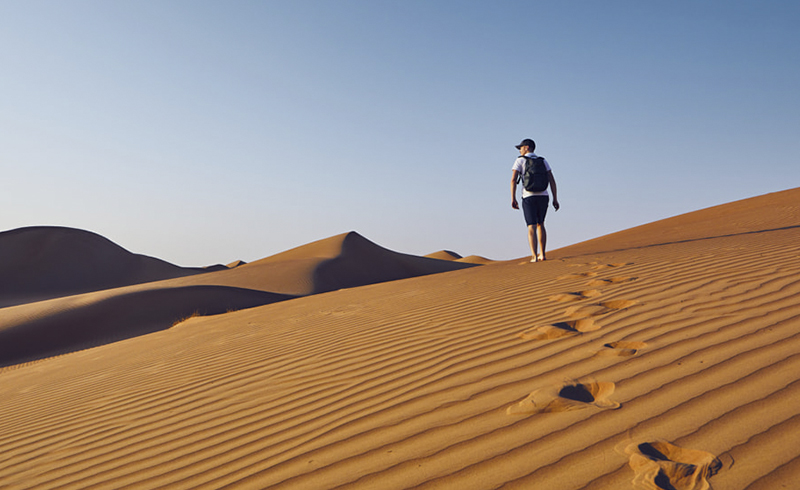
A’SHARQIYAH

A’DHAHIRAH
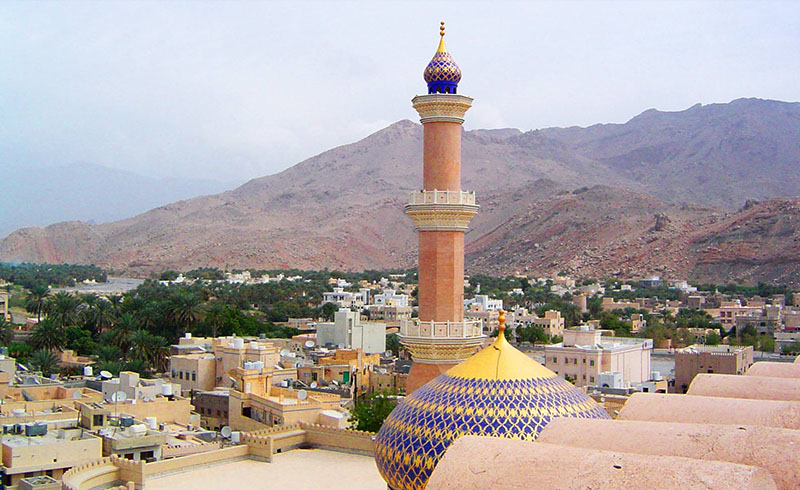
A’DAKHILIYAH
Get Perfect Tour Experience
It is a long established fact that a reader will by the readable.
